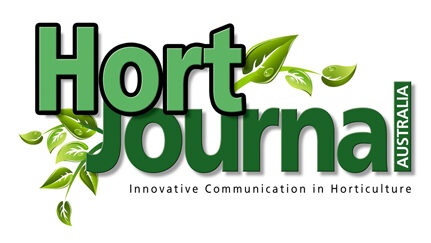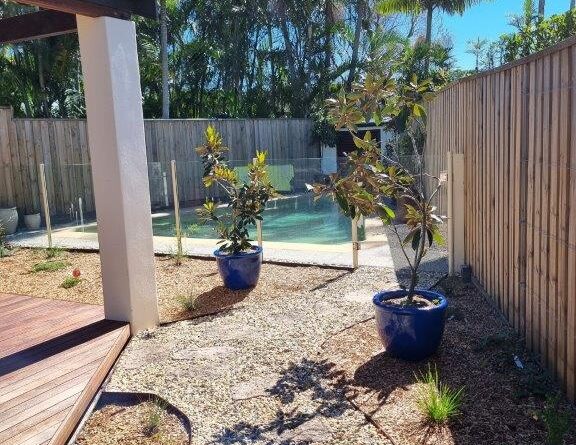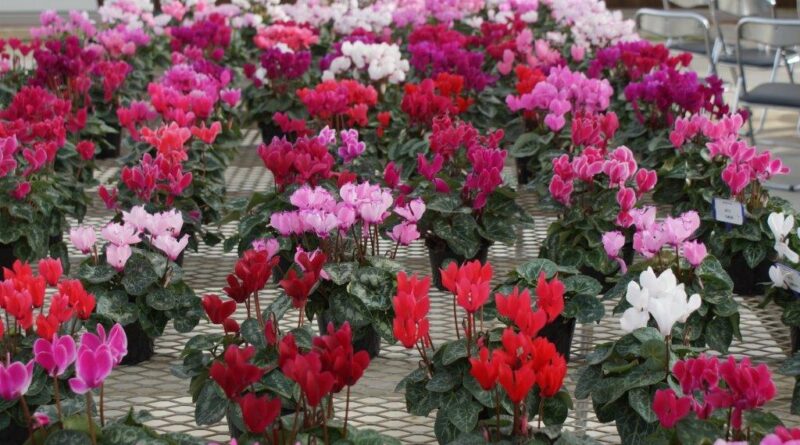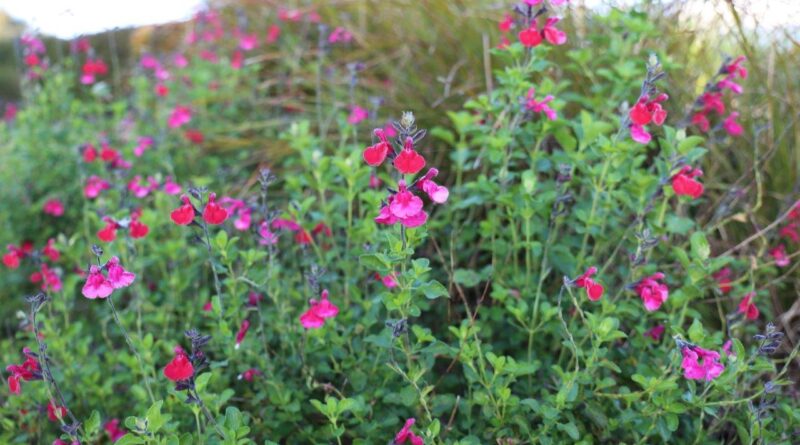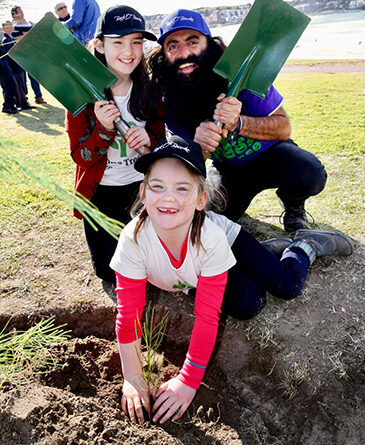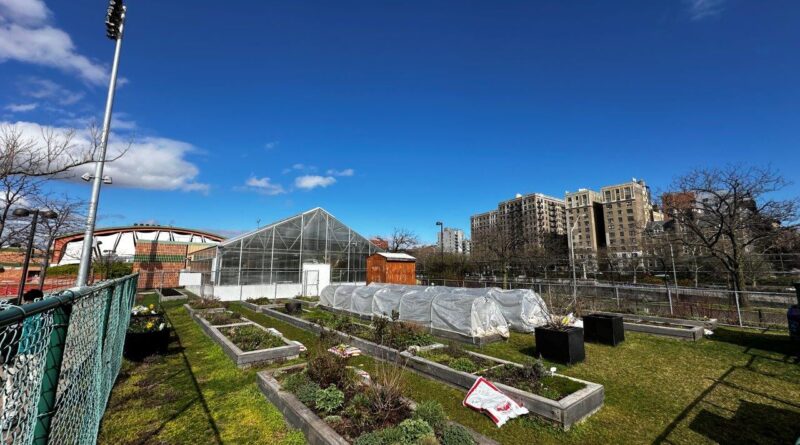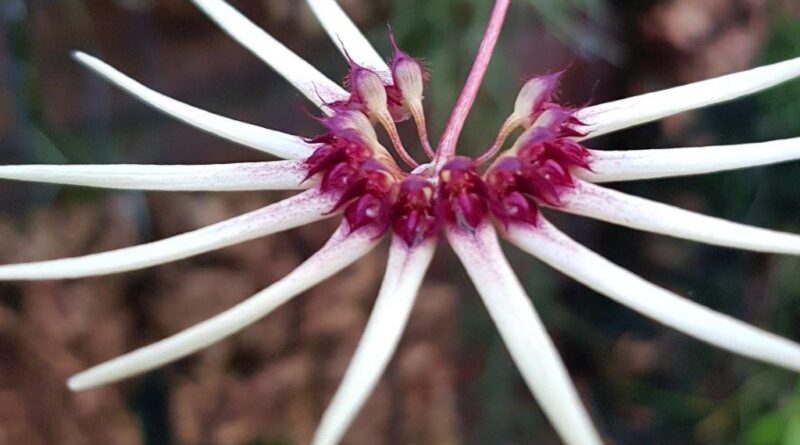Global Footprints Scholarships – when passion and opportunity meet, great things happen. Could this be you or someone you work with, a colleague, an employee?
A fantastic scholarship opportunity is available for talented young people.
Key information
From 1 May 2024, the Global Footprints Scholarships for 2024 is available for young talent to apply:
- A once in a lifetime opportunity to travel the world and learn more about sustainability
- $9,000 to gain global work experience in agriculture, horticulture or trades
- Freedom to travel wherever is relevant NOW to learn from the most inspiring minds in the industry
- Individual, professional coaching, networking opportunities and group workshops
We can all help by supporting young people to fulfil their potential and become inspirations to others.… Continue reading
Read More
